TaylorMade Qi35 vs Callaway Elyte Driver: Read Our Full Head-To-Head Verdict
TaylorMade and Callaway both have a new range of drivers for 2025, but which one should you buy? We put both of them to the test to find out.
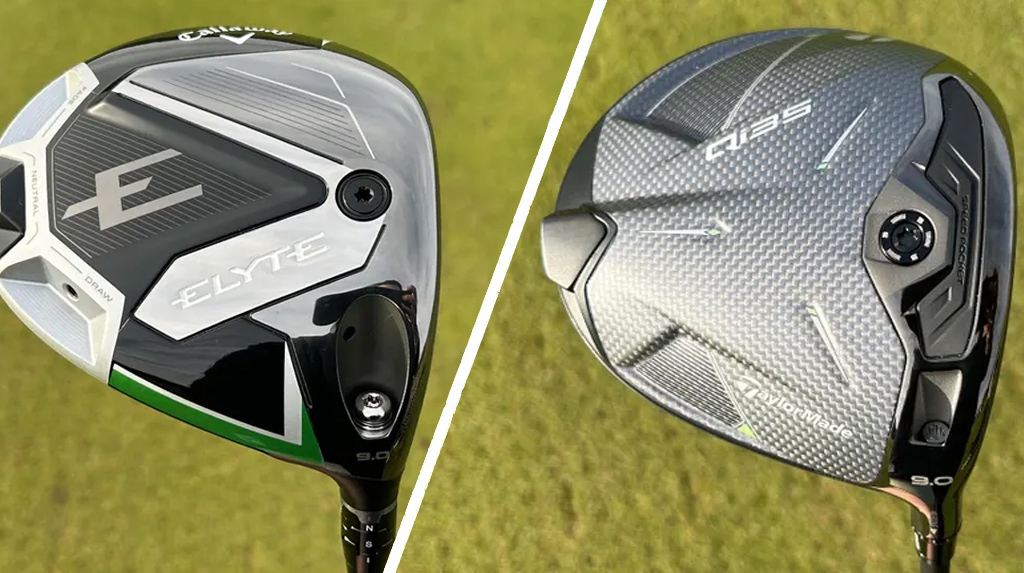

David Usher
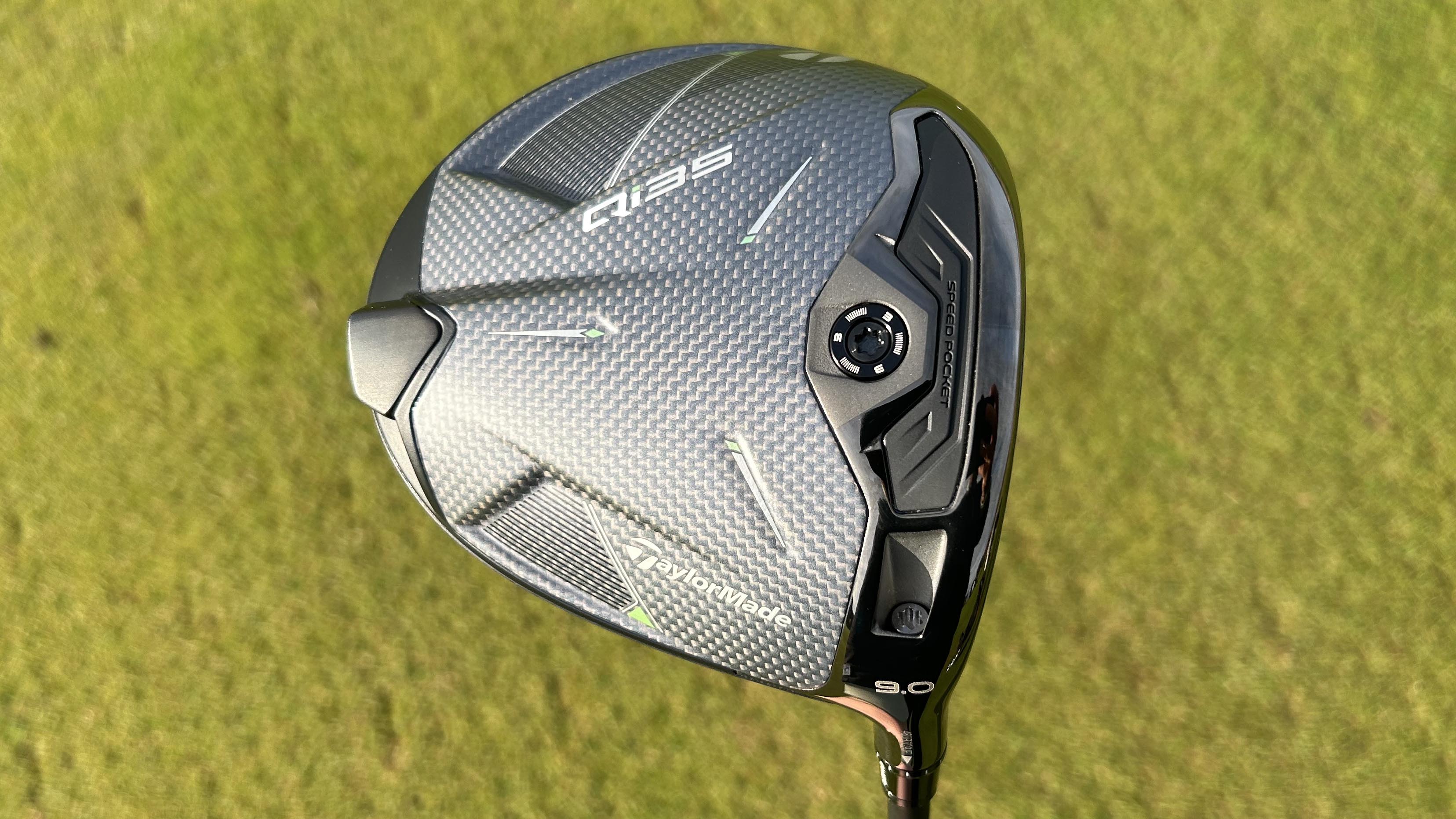
This is one of the best drivers TaylorMade has released in years. The stunningly futuristic aesthetic is complemented by a sound technical story and huge versatility with the weight ports on the sole. Produced great launch monitor numbers combined with a solid feel and genuine playability, making it a formidable offering for 2025.
For
- Incredibly forgiving and stable
- Neutral flight bias
- Lots of shelf appeal
Against
- The higher spin profile may limit its appeal to quicker swing-speed players
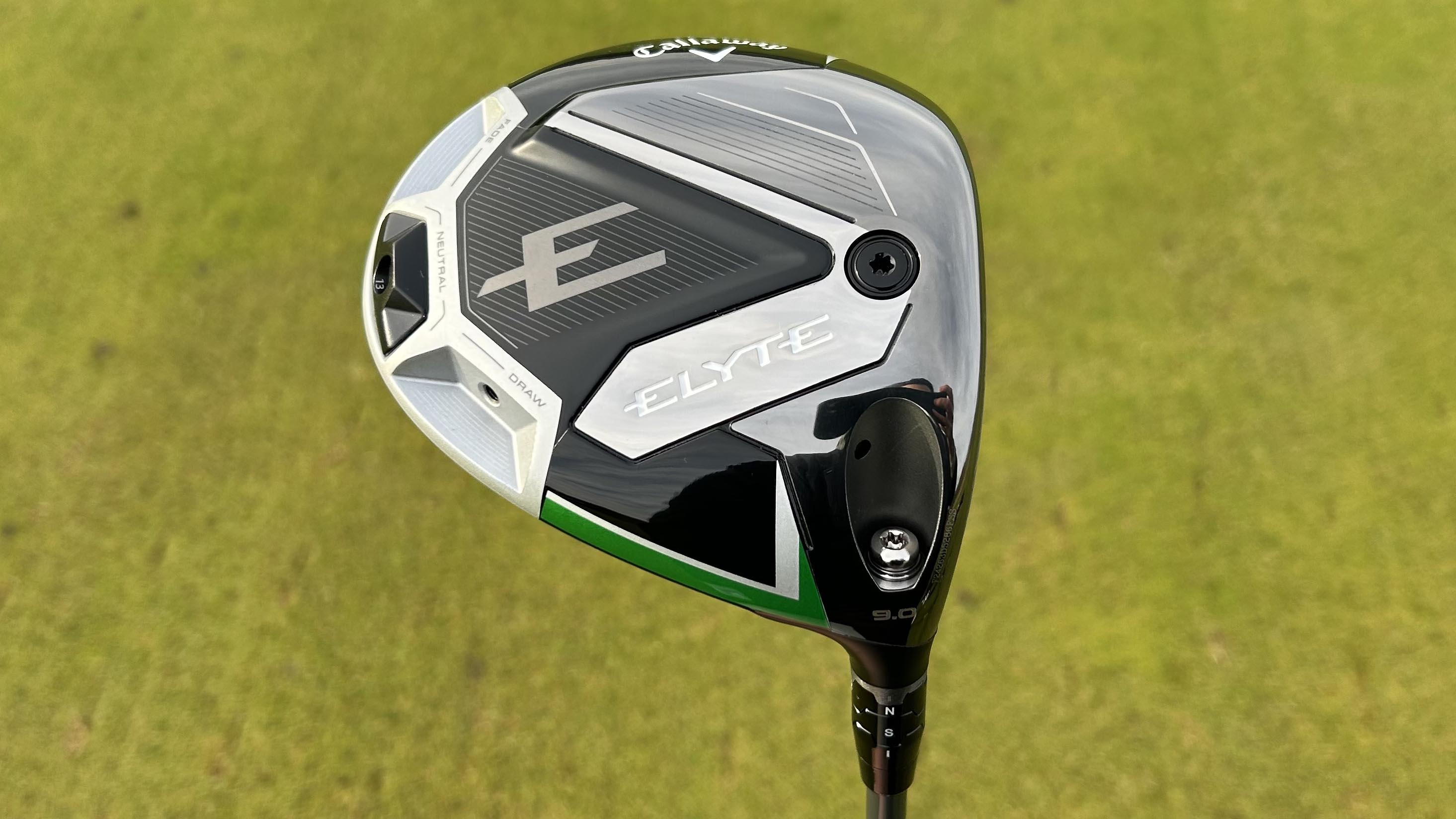
The Callaway Elyte driver is a superb all-rounder that delivers a slightly lower spin profile than some competitors ‘standard’ models. That combined with impressive levels of forgiveness and a solid feel make this a very strong driver offering for 2025 that will suit a broad spectrum of players.
For
- Exceptional stability and forgiveness
- Very tight dispersion
- Powerful feel and ball speed
Against
- The stretched out footprint may not appeal to all
TaylorMade Qi35 vs Callaway Elyte Driver: Read Our Full Head-To-Head Verdict
The latest range of TaylorMade drivers has landed for 2025, hot on the heels of Callaway's launch of their Elyte range a week earlier. This has excited us a lot at Golf Monthly HQ because whenever the two biggest hitters in the game launch their new drivers it always causes a stir in the golf world.
TaylorMade had given themselves a very tough act to follow as the 2024 Qi10 range was a roaring success, with world number ones Scottie Scheffler and Nelly Korda both using Qi10 drivers to dominate the competition.
The Qi10 was one of the most forgiving drivers of the year, while Callaway's Paradym Ai Smoke range was right up there in terms of forgiveness too. The 2025 offerings from TaylorMade and Callaway will definitely take their place amongst the best golf drivers on the market, but how do they compare against eachother?
We tested the standard heads in each range, which are aimed at the broadest range of golfer with the focus on providing the best combination of distance and forgiveness. These drivers will suit single-figure players all the way up to higher handicappers, as both manufacturers look to maximize MOI (moment of inertia) through advanced club technology to help golfers hit further, straighter and more consistent drives off the tee.
Both of these drivers have been rigorously tested by Golf Monthly, so here we take a look at the performance head-to-head to see which one might be right for you.
Technology
The tech story behind the Qi35 range of drivers - including the standard head we are talking about here - is all about CG (center of gravity) projection. This basically means that the clubhead has been engineered so that the CG projects out to the face as low as possible, to increase what TaylorMade is referring to as ‘the area of opportunity’. You know those occasional strikes you experienced when the ball comes slightly high off the face, launching high but with minimal spin, and it goes absolutely miles? Well that happens because the ball has struck the face slightly above the CG projection, thus creating a vertical gear effect that boosts launch and knocks off spin.
So, if that CG projection is lower, that gives you more chance of seeing those optimal flight conditions. That's what TaylorMade believes anyway and it has achieved this by saving and subsequently moving discretionary weight around the club head (specifically from the crown, the ring, and the hosel sections) to bring that balance point or CG projection as low as possible.
Get the Golf Monthly Newsletter
Subscribe to the Golf Monthly newsletter to stay up to date with all the latest tour news, equipment news, reviews, head-to-heads and buyer’s guides from our team of experienced experts.
Additionally, two adjustable weights in the sole can be switched to fine-tune launch and spin, while the Qi35 also features a multi-material construction that includes chromium carbon, steel, aluminum, tungsten and titanium as well as a fourth-generation carbon twist face. In other words, it's ram packed with tech and is certainly one of the best TaylorMade drivers in years.
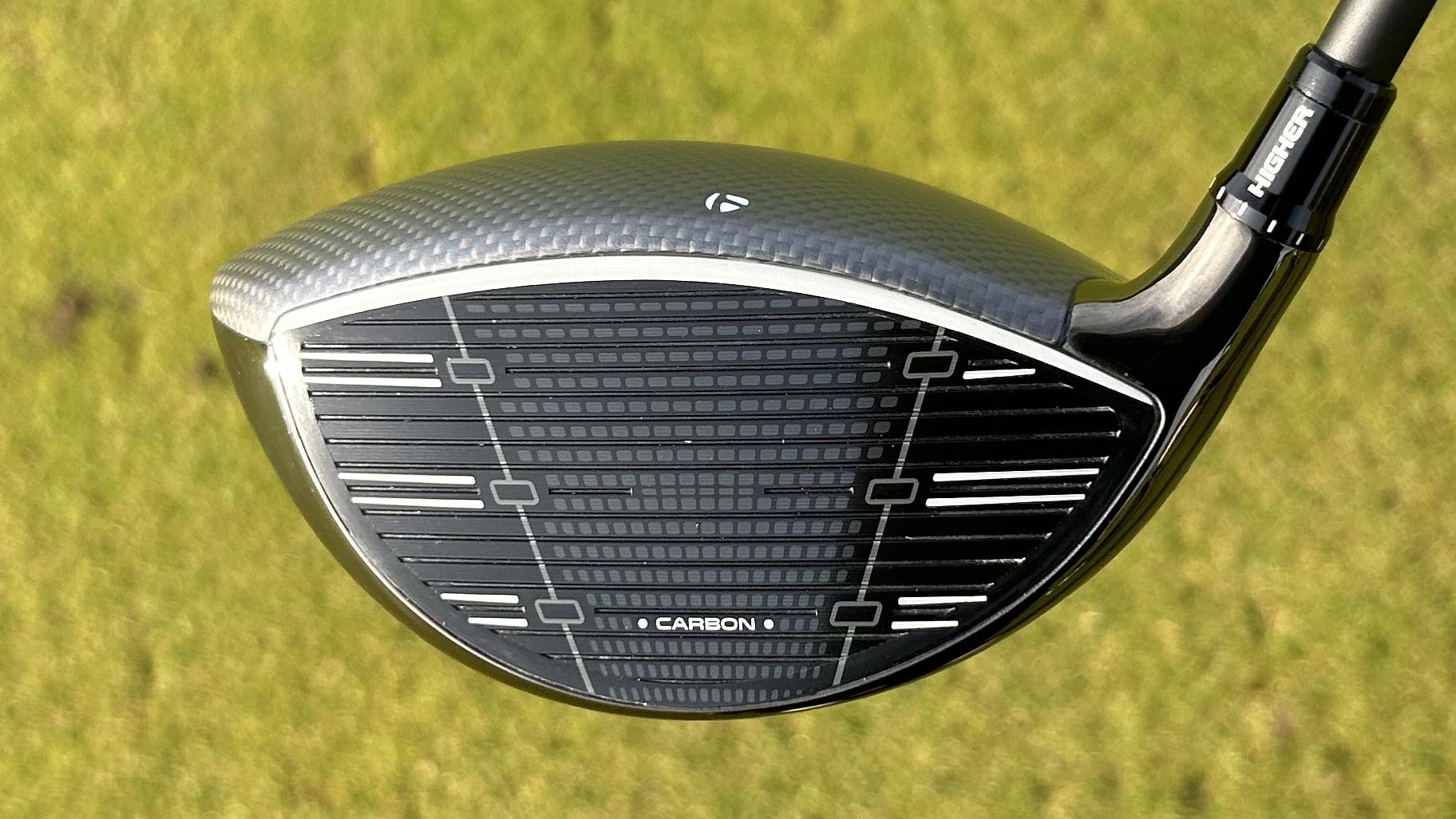
According to Callaway the Elyte driver family is all about creating the perfect blend of desirable attributes. “Fast head shapes are unforgiving, and forgiving head shapes aren’t fast”, say the brand. So Callaway was looking to merge these two worlds of speed and forgiveness together in the creation of the Elyte family.
No cost was spared in the development of the Elyte range. Significant investment was made in in-house 3d printing which has allowed Callaway to reduce the production time of prototypes from three months to five days, thus allowing for more trial and error and achieving better results more quickly. To give that some context, typical prototyping usually offers around four iterations, whereas the Elyte cycle had a whopping 75.
Callaway has created a higher MOI driver but with improved aerodynamics, which in theory should mean that the golfer can move the clubhead more quickly to gain distance, but on mishits, we should also get some additional help. Sounds good to us!
Other claims suggest that we could be looking at a 19 percent tighter dispersion pattern, and up to 7.1 yards of additional distance over the Paradym Ai Smoke range. That wasn't quite the case for me in testing, although there were indeed increases in both categories as well as a leap in clubhead speed.
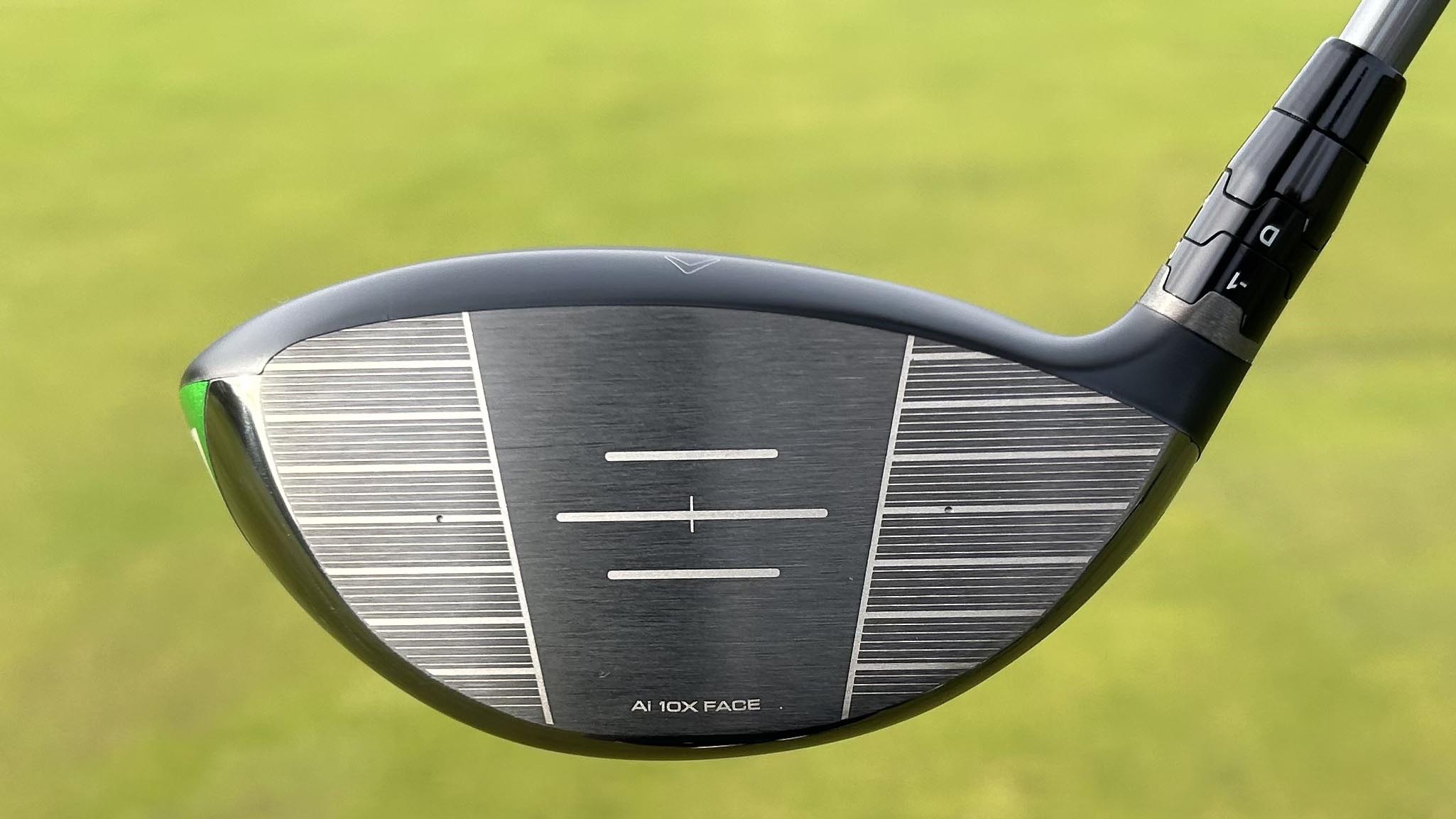
Looks
The new visual TaylorMade has created in the Qi35 is spectacular. A predominantly light grey carbon head wouldn’t look out of place as the interior of a supercar, and the minimalist way TaylorMade has executed the overall finish is as good as I have ever seen. There is the merest hint of accent color with just a handful of tiny pale green splashes on the sole that you have to look extremely closely to even notice.
From the playing position, things have once again moved on from the extremely successful Qi10 driver. The shape at address is significantly rounder, so much so that the Qi35 is now the identical playing profile to the higher MOI Qi35 Max product. One of the reasons I chose the Qi10 last year as my gamer driver was due to the roundness of the head which is a look I have become very keen on in recent years, but when you put that driver down next to the Qi135, it looks positively pear-shaped now.
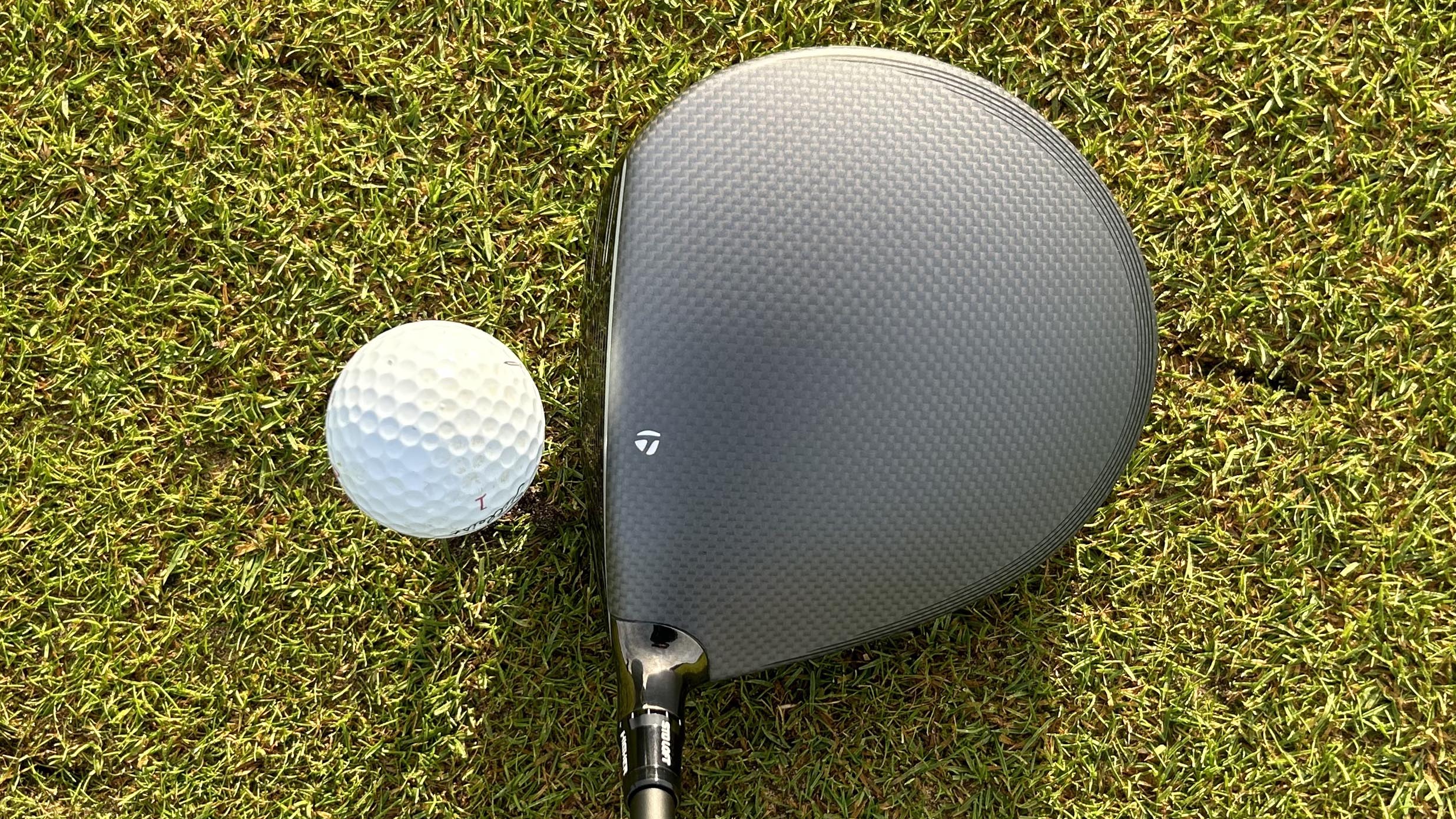
Prior to the official release day there were some leaked images online of the Elyte driver and opinion was somewhat split in terms of the aesthetic. For sure, it isn't the best-looking driver Callaway has ever made, and the Paradym Ai Smoke was always going to be a tough act to follow visually. For me though it's fine. The important stuff is how it looks in behind the ball and I like the playing position profile of the Elyte driver.
The shaping and proportions are right out of the top drawer and in my view it inspires a lot of confidence. That being said, I do prefer the cleaner gloss black finish of the Triple Diamond model and I’m not entirely sure what has prompted Callaway to go with two such contrasting visuals across the range. To me, it just interrupts the cohesion of the family a little, but it’s hardly a huge issue and has precisely no bearing on the performance of the driver.
In terms of looks though, TaylorMade definitely wins this one.
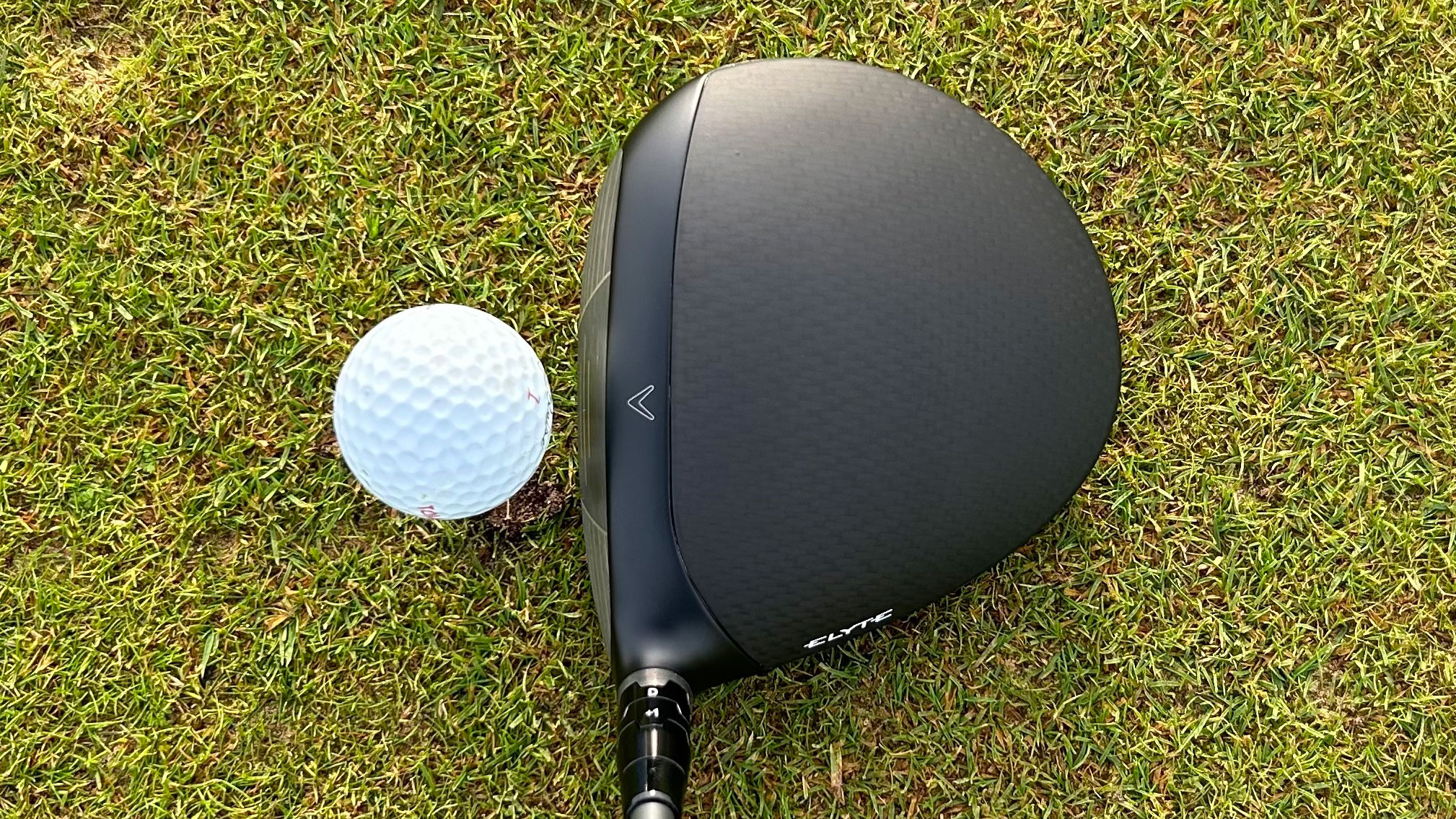
Feel
Starting with the Callaway this time, and the feel off the face is a solid but not unpleasant one. It is not as soft as something like the Cobra DS-ADAPT X driver, but it has a real robustness that lets you know the ball you’ve just struck knows it’s been hit!
As for the Qi35, the feel off the face has slightly altered from the Qi10, with a slightly livelier, more high-pitched acoustic creating a touch more of a firmer feel to impact which I must say I thoroughly enjoyed. Of course this is all relative to the ‘carbonwood’ products of the past few seasons, and to me the TaylorMade sound and feel still remain much more subdued and ‘thuddier’ than other drivers on the market, but the extra 'zing' you get at strike is another enjoyable feature of a much-improved driver for me.

Performance
One thing that massively stood out to me with the Qi35 was just how much of a difference changing around the adjustable weights made to the performance of the driver. In the neutral setting, you are served up a 9k MOI reading (for context Qi10 delivered 8.4k), making it an incredibly stable, forgiving, fairway-finding driver that gave me real peace of mind at address. This will suit the golfer who may be a bit erratic and needs to find more fairways.
However, if you switch that heavier weight to the front you are looking at an entirely different animal as the MOI output drops slightly to 8.1k and the CG projection also drops considerably. In this 'beast mode' setting, my spin dropped around 250 rpm, and my overall distance went up a considerable amount. My dispersion inevitably suffered slightly, but certainly not as much as I expected. This very slight increase in volatility may well be offset by the potential distance gains on offer, which almost makes me question the point of the Qi135 LS driver (a low spin head designed for better players).
In 2024, many of TaylorMade’s tour staff - including arguably its two most high-profile male players in Scheffler and Rory McIlroy - gamed a version of the standard Qi10 as opposed to the LS version, presumably because if a very similar spin profile was achievable with a more forgiving head, then why would you make life more difficult for yourself? That may be even more prevalent this year thanks to the ‘beast mode’ option offered in the Qi35.
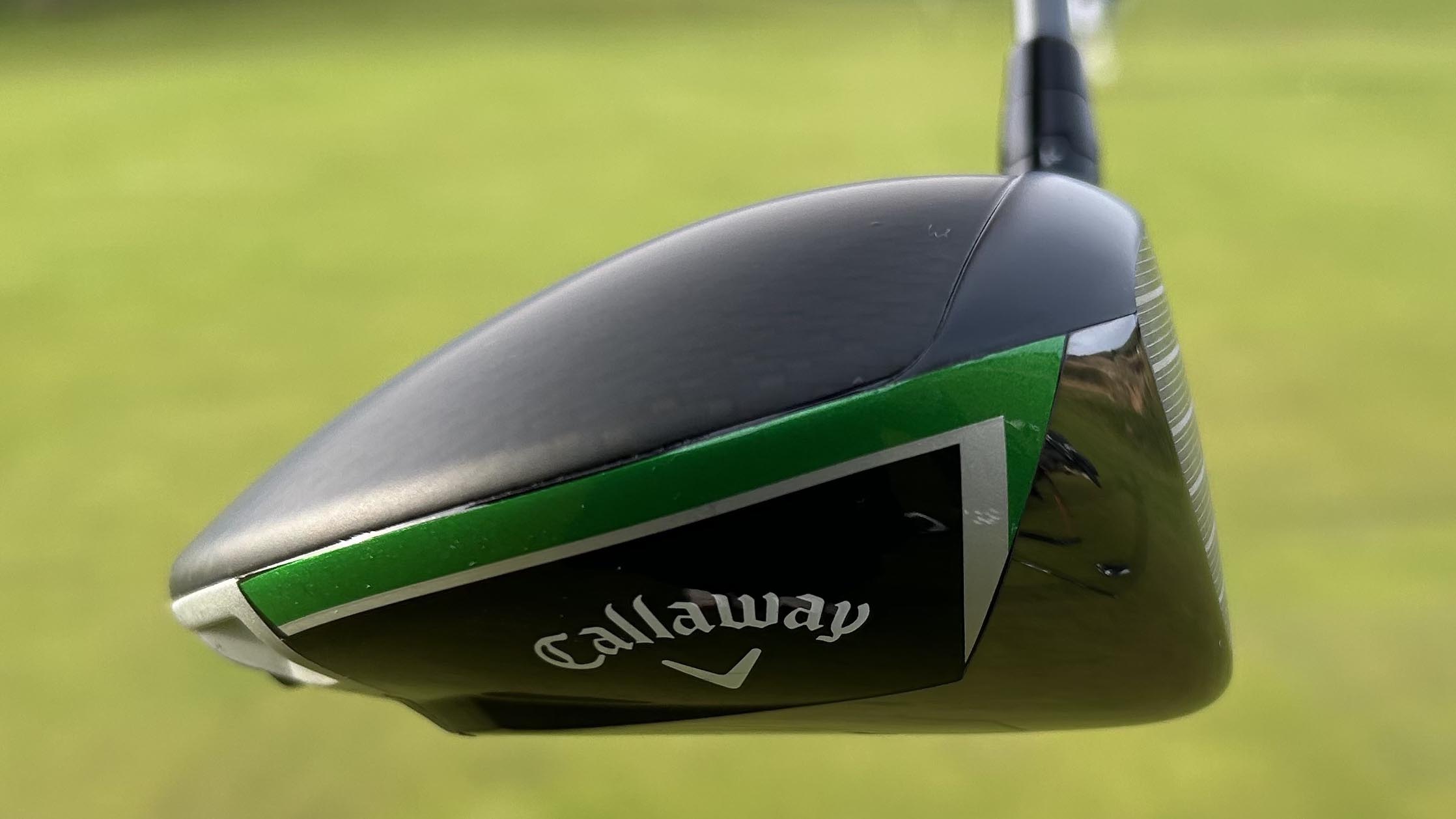
In terms of the performance of the Elyte, this is a fantastic all-round driver and will be one that appeals to a huge range of golfers. I found it to be exceptionally user-friendly on my questionable strikes, which is exactly what you want in the standard model. The Elyte errs on the lower side of spin for a mid-range driver which I really enjoyed. I probably enjoyed the spin profile more because it was coupled with a fairly high launch number leading to some very impressive distance output.
The three weight ports at the back are useful, and allow you to tune in the CG location to your specific requirements and I have to say also that I genuinely and quantifiably did move the Elyte marginally quicker in terms of clubhead speed than I moved the Paradym Ai Smoke Max - around 1.5mph on average which isn’t insignificant and does lead to distance gains.
Which one should you choose?
Choose the TaylorMade Qi35 if...
- You value adjustability and regularly fine tuning your driver
- You want more distance without losing forgiveness
- You prefer a rounded profile at address
Choose the Callaway Elyte if...
- You want more ball speed and a higher launch
- You want extra forgiveness on off center strikes
- You prefer a solid feel on your strikes

Joe has worked in the golf industry for nearly 20 years in a variety of roles. After a successful amateur career being involved in England squads at every age group, Joe completed his PGA degree qualification in 2014 as one of the top ten graduates in his training year and subsequently went on to become Head PGA Professional at Ryder Cup venue The Celtic Manor Resort. Equipment has always been a huge passion of Joe’s, and during his time at Celtic Manor, he headed up the National Fitting Centres for both Titleist and Taylormade. He’s excited to bring his knowledge of hardware to Golf Monthly in the form of equipment reviews and buying advice.
Joe lives in North Devon and still plays sporadically on the PGA West region circuit. His best round in recent years came earlier in 2023 where he managed a 9 under par 63 at Trevose GC in a Devon & Cornwall PGA Tournament.
Joe's current What's In The Bag?
Driver: Switch between TaylorMade Qi35 and Callaway Elyte TD - both with Fujikura Ventus Black 6-X
Fairway wood 1: TaylorMade BRNR Copper Mini Driver - Fujikura Ventus Black 7-X
Fairway wood 2: Callaway Apex UW 17˚- Fujikura Ventus Black 9-X
Irons: TaylorMade P7CB 3-PW with Dynamic Gold Tour Issue X100 shafts
Wedges: Callaway Opus 50, 54, and 60 degrees - Project X LS 6.0 shafts
Putter: LAB Golf Oz.1 (zero shaft lean)
Ball: TaylorMade 2024 TP5x
Grips: Golf Pride Tour Velvet 60R
Bag: Vessel Player IV Pro DXR Stand
-
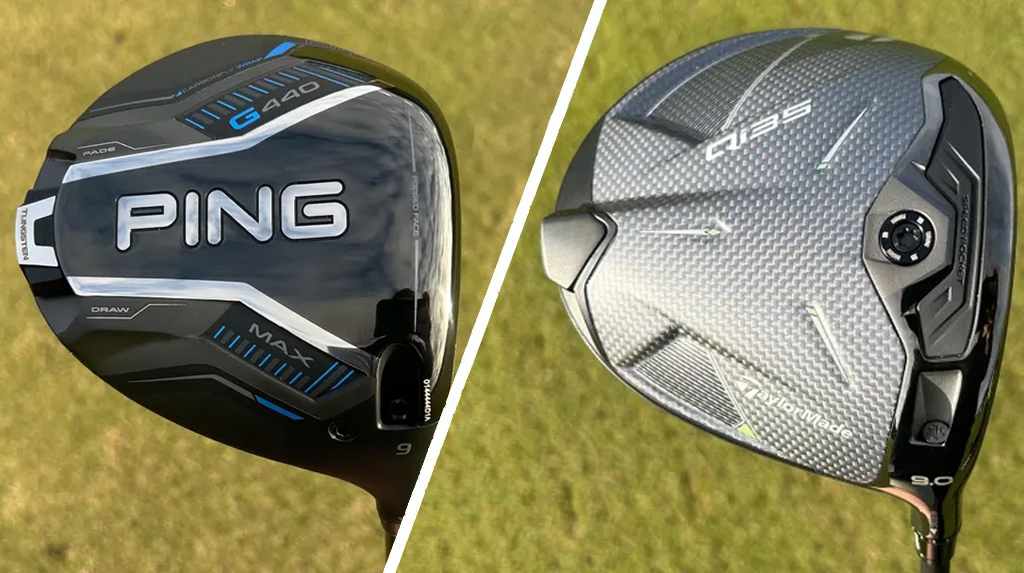 TaylorMade Qi35 vs Ping G440 Max Driver: Read Our Full Head-To-Head Verdict
TaylorMade Qi35 vs Ping G440 Max Driver: Read Our Full Head-To-Head VerdictTaylorMade and Ping both have excellent new drivers for 2025. Which one is best? We put them to the test to find out.
By Joe Ferguson
-
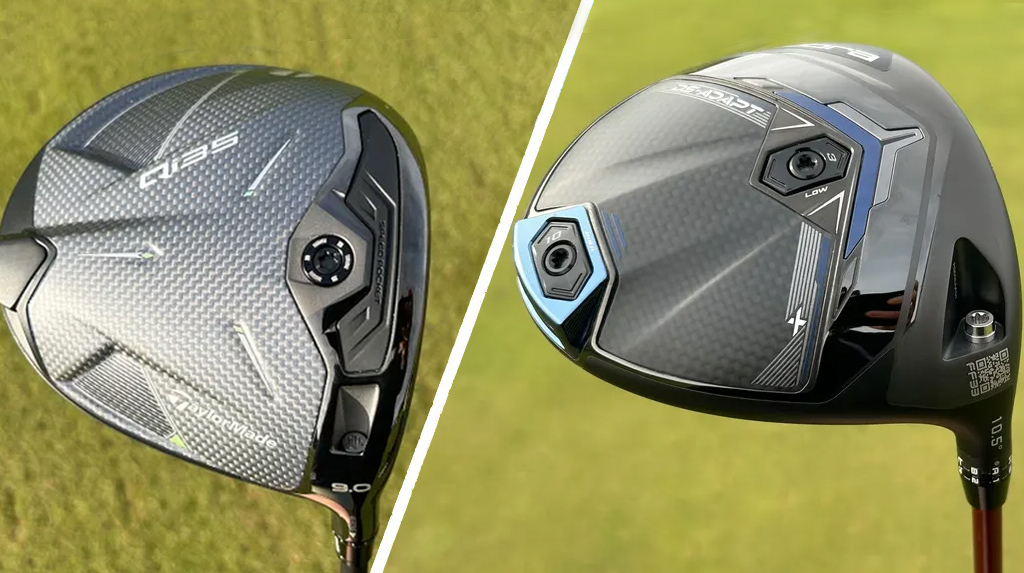 TaylorMade Qi35 vs Cobra DS ADAPT X Driver: Read Our Full Head-To-Head Verdict
TaylorMade Qi35 vs Cobra DS ADAPT X Driver: Read Our Full Head-To-Head VerdictTaylorMade and Cobra both have new drivers for 2025. Which one is best? We put them to the test to find out.
By Joe Ferguson
-
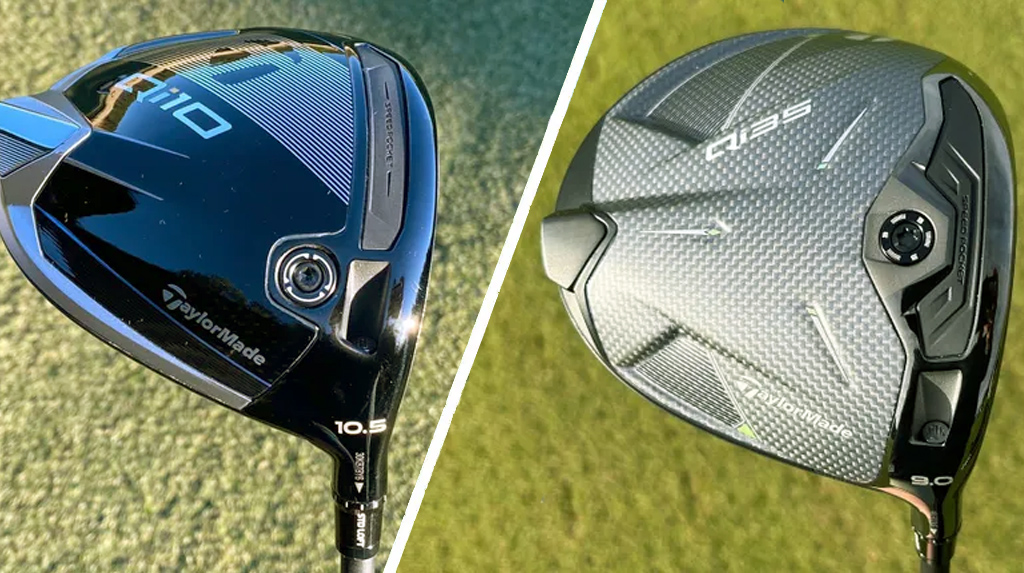 TaylorMade Qi10 vs TaylorMade Qi35 Driver: Read Our Full Head-To-Head Verdict
TaylorMade Qi10 vs TaylorMade Qi35 Driver: Read Our Full Head-To-Head VerdictTaylorMade have a new driver on the market to replace the hugely popular 2024 model. The Qi10 is a tough act to follow, so how does the new Qi35 compare? We put both of them to the test to find out.
By Joe Ferguson
-
 10 Surprising Things Tour Caddies Do… That All Club Golfers Can Learn From
10 Surprising Things Tour Caddies Do… That All Club Golfers Can Learn FromWe can all learn a lot from caddies, as a former DP World Tour looper tells us here...
By Michael Weston
-
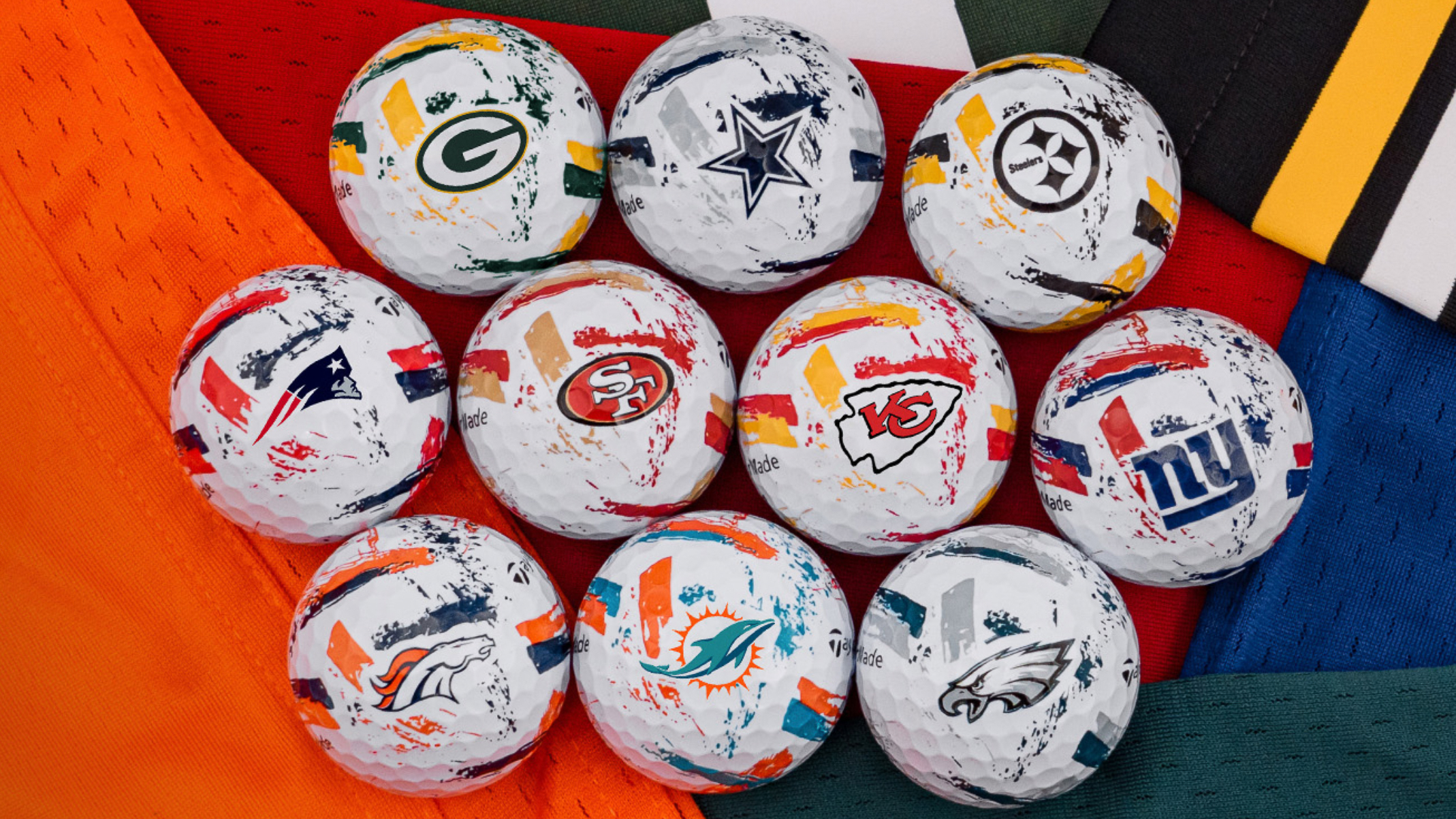 Just In Time For The 2025 NFL Draft, TaylorMade Has Launched NFL Branded Golf Balls – With All 32 Teams Logos Featured, Who Are You Rooting For Out On The Course?
Just In Time For The 2025 NFL Draft, TaylorMade Has Launched NFL Branded Golf Balls – With All 32 Teams Logos Featured, Who Are You Rooting For Out On The Course?Deals TaylorMade has expanded its officially licensed sports teams golf range with its TP5, TP5x and SpeedSoft Ink balls now featuring NFL team branding
By Paul Brett
-
 Just In Time For The 2025 NFL Draft, TaylorMade Has Launched NFL Branded Golf Balls – With All 32 Teams Logos Featured, Who Are You Rooting For Out On The Course?
Just In Time For The 2025 NFL Draft, TaylorMade Has Launched NFL Branded Golf Balls – With All 32 Teams Logos Featured, Who Are You Rooting For Out On The Course?Deals TaylorMade has expanded its officially licensed sports teams golf range with its TP5, TP5x and SpeedSoft Ink balls now featuring NFL team branding
By Paul Brett
-
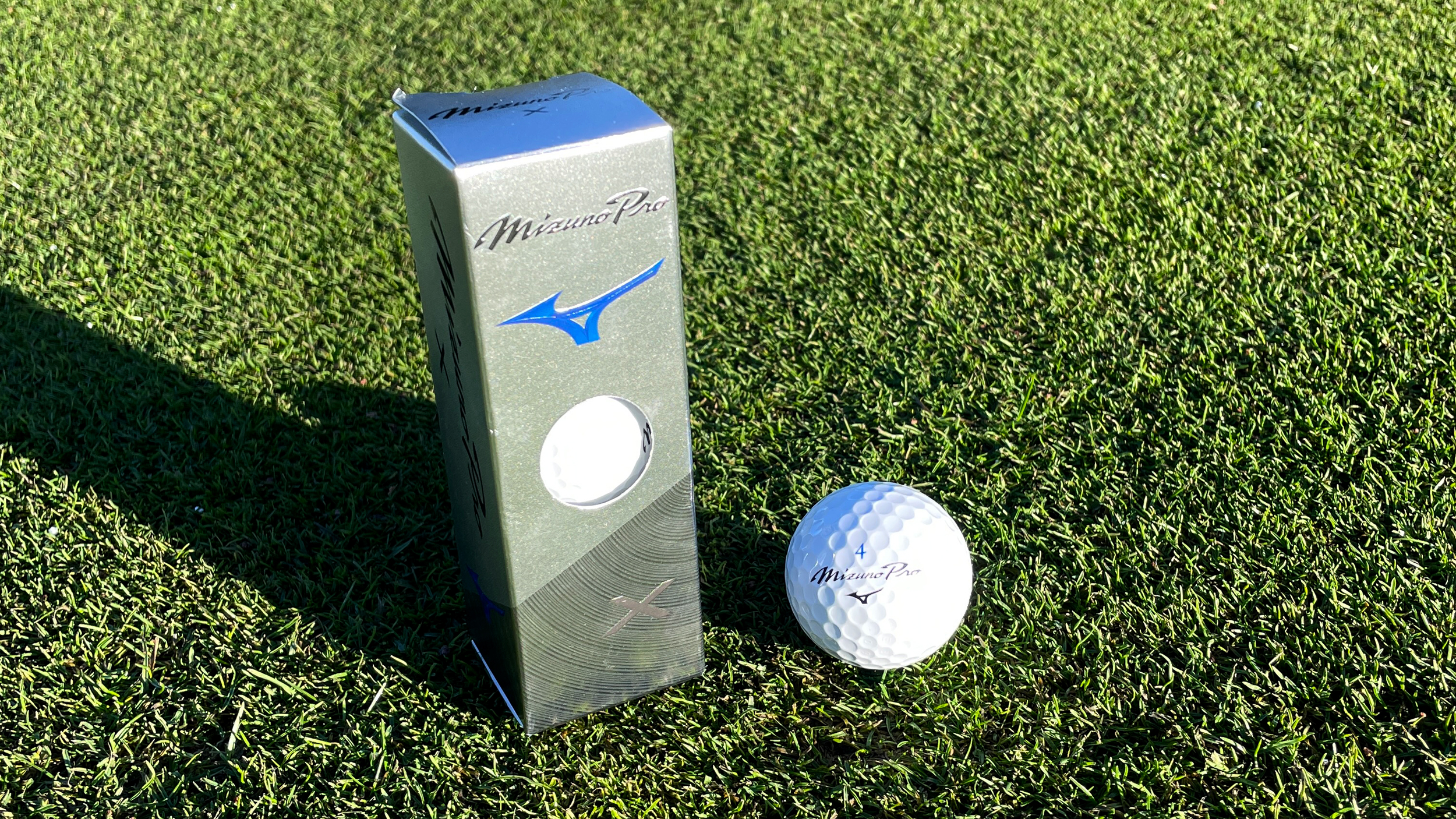 The Mizuno Pro X Is One Of The Best Golf Balls Of 2025 And A Worthy Challenger To The Titleist Pro V1 – With A 33% Discount You Won't Regret Trying It
The Mizuno Pro X Is One Of The Best Golf Balls Of 2025 And A Worthy Challenger To The Titleist Pro V1 – With A 33% Discount You Won't Regret Trying ItDeals Mizuno's Pro X ball impressed us from tee to green delivering impressive numbers on par with its far more expensive market rivals
By Paul Brett
-
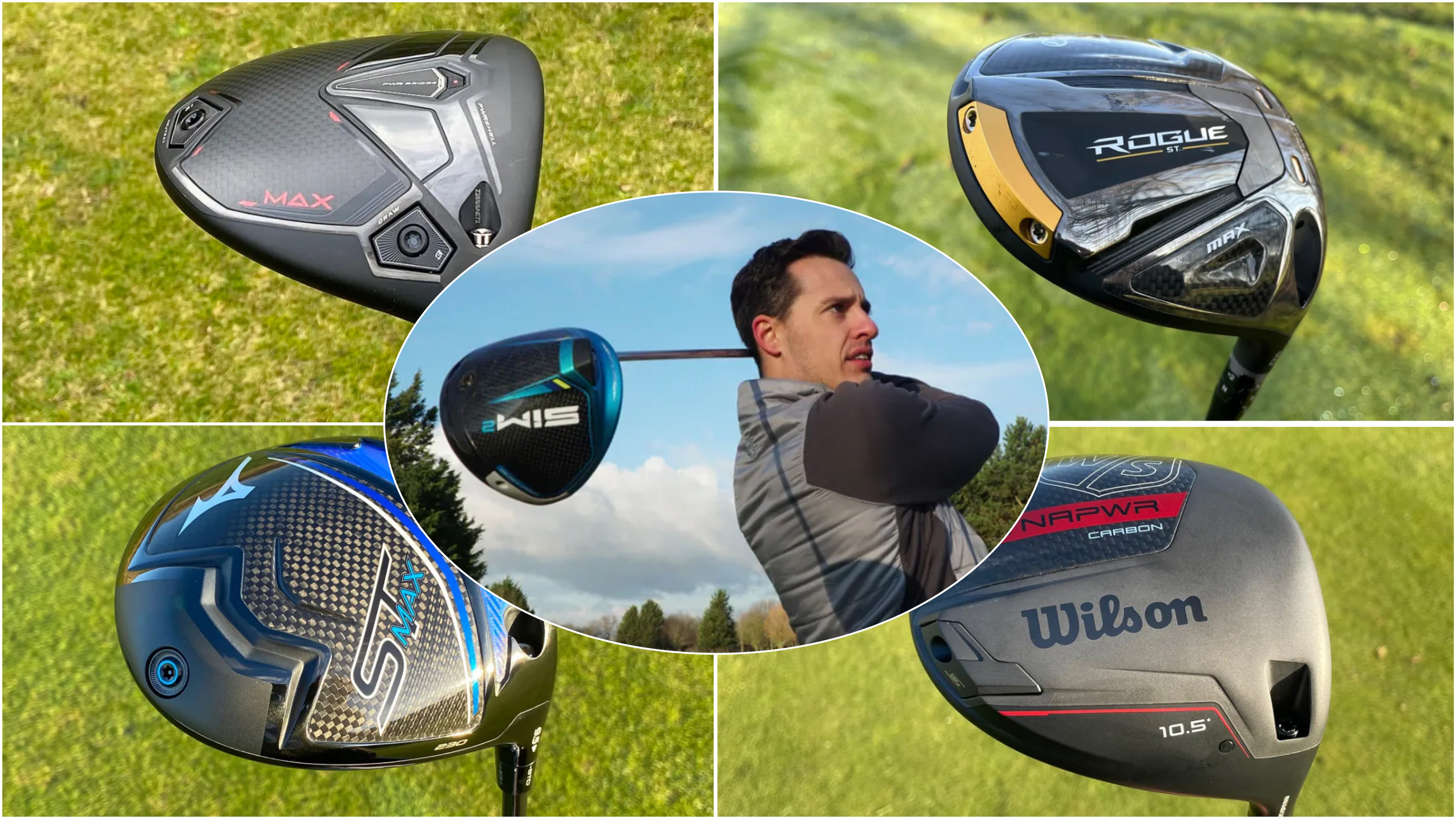 If You Need A New Driver, Here Are 5 Excellent Models Under $300
If You Need A New Driver, Here Are 5 Excellent Models Under $300Want a new driver but the high prices are putting you off? Here are five great value options from the PGA TOUR Superstore sale!
By Sam Tremlett
-
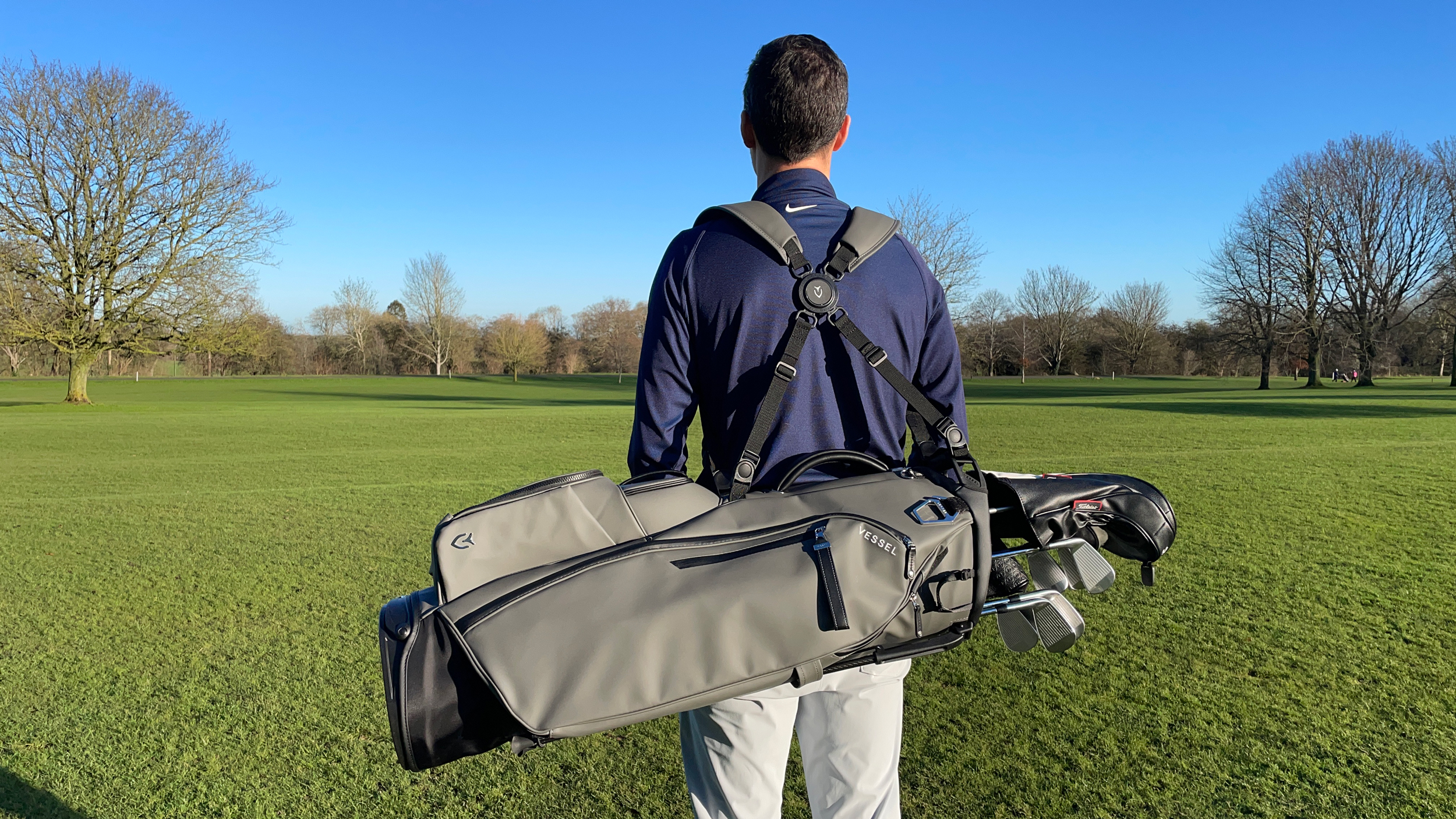 Right Now We Can All Experience The Most Premium Bags In Golf With Vessel's Anniversary Sale
Right Now We Can All Experience The Most Premium Bags In Golf With Vessel's Anniversary SalePremium golf brand Vessel is now offering an anniversary sale for a limited time only.
By Sam Tremlett
-
 Celebrate Rory McIlroy’s Masters Win With Limited Edition TaylorMade Golf Ball
Celebrate Rory McIlroy’s Masters Win With Limited Edition TaylorMade Golf BallCelebrate McIlroy's career grand slam with his special edition TaylorMade golf ball - available for a limited time only!
By Conor Keenan
-
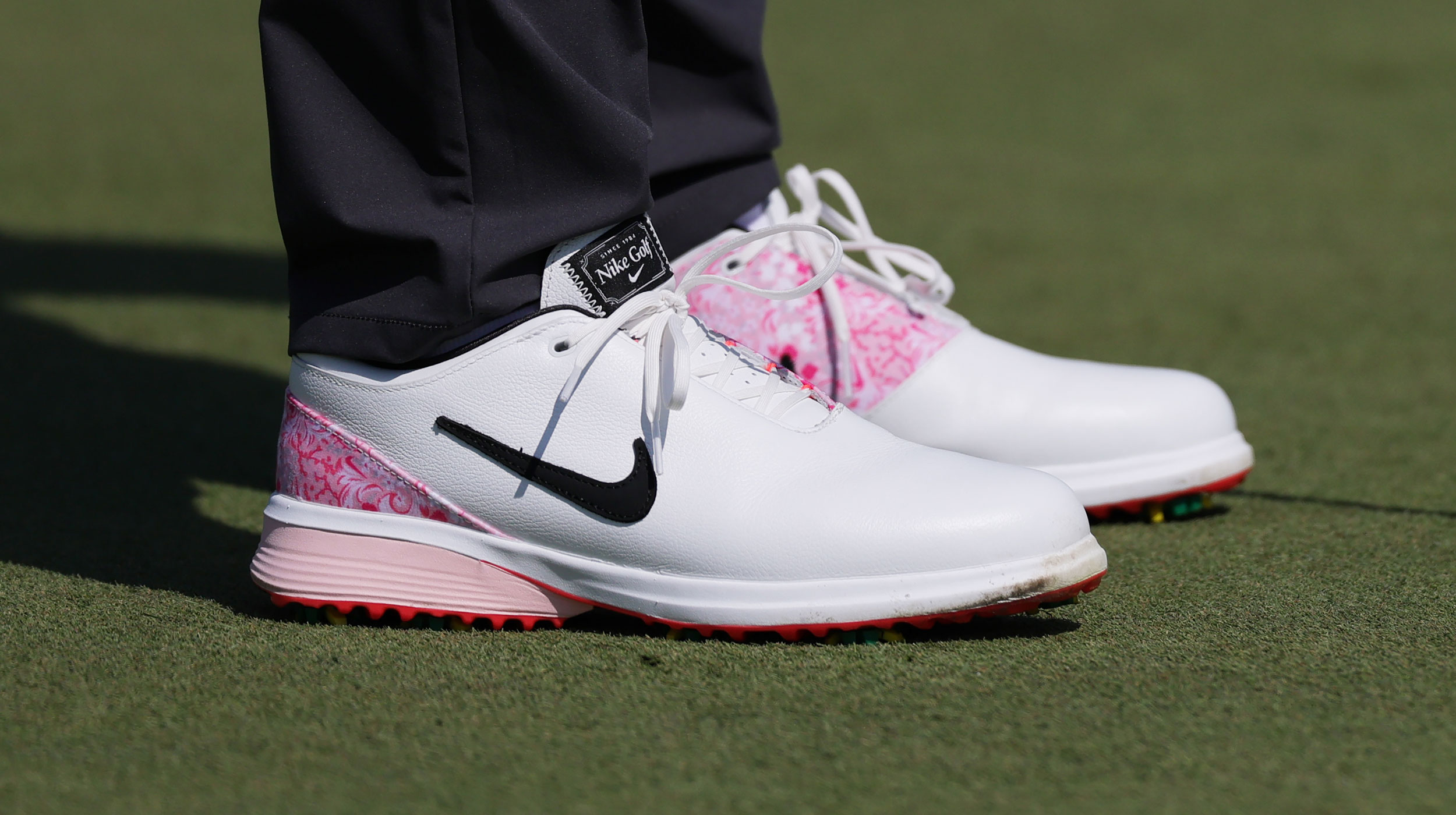 Rory McIlroy's Masters Winning Golf Shoes Are Sold Out Everywhere But Here Is How You Can Get A Pair
Rory McIlroy's Masters Winning Golf Shoes Are Sold Out Everywhere But Here Is How You Can Get A PairThe image of Rory falling to his knees in celebration at Augusta will live forever, but how can fans buy his limited edition shoes if they're sold out almost everywhere?
By Conor Keenan
-
 Will This $10 Training Aid Propel Scottie Scheffler To Masters Glory?
Will This $10 Training Aid Propel Scottie Scheffler To Masters Glory?Going for his 3rd Green Jacket in 2025, is this cheap training aid the secret to Scheffler's success?
By Joe Ferguson
-
 Is Ludvig Aberg The Most Stylish Golfer At The Masters?
Is Ludvig Aberg The Most Stylish Golfer At The Masters?Ludvig Aberg is the face of the latest adidas Originals Golf collection this week at Augusta but what other golfers are catching the eye fashion-wise?
By Conor Keenan